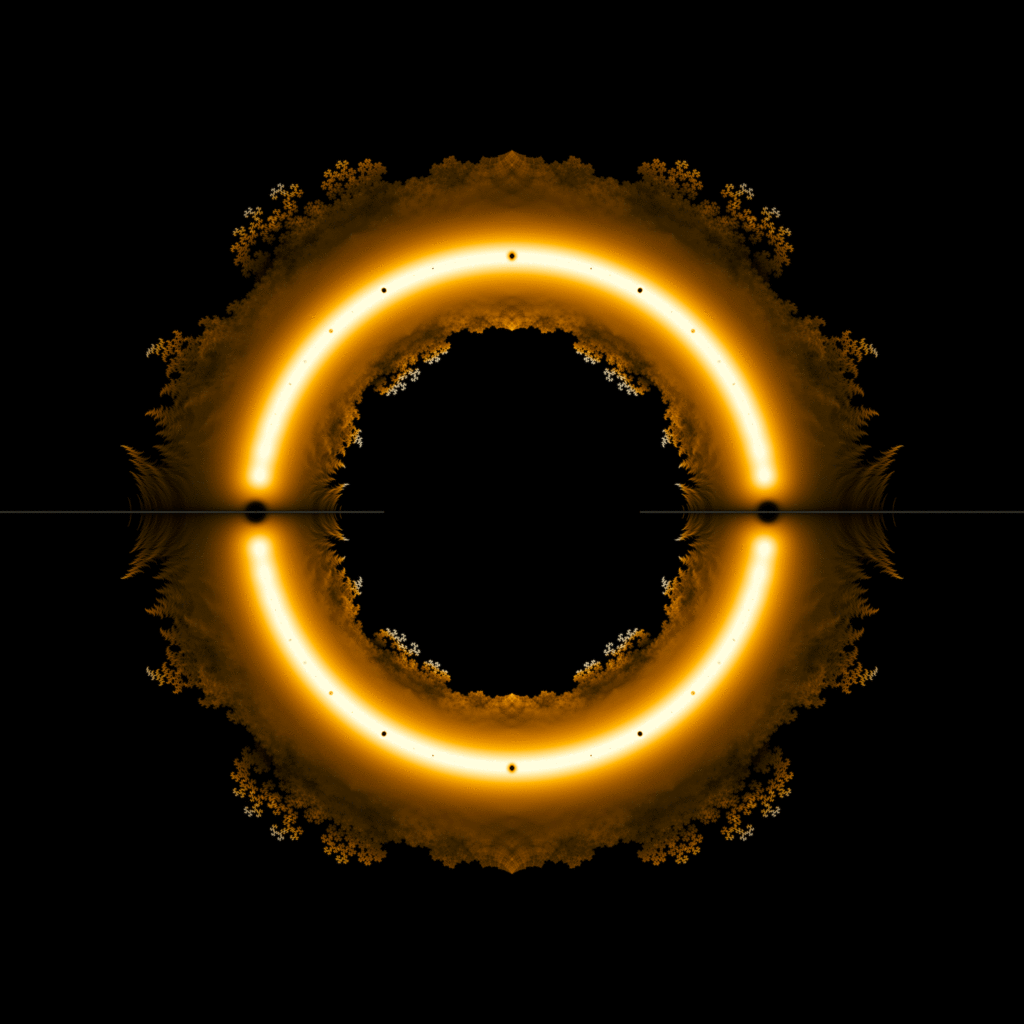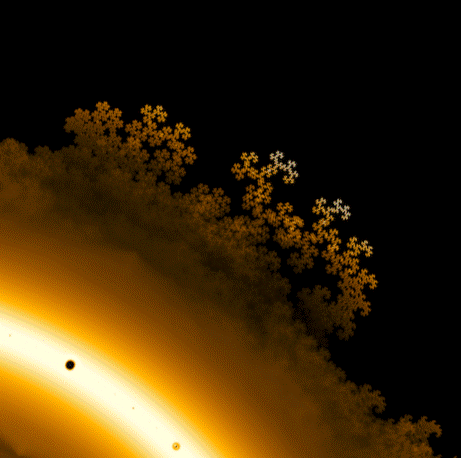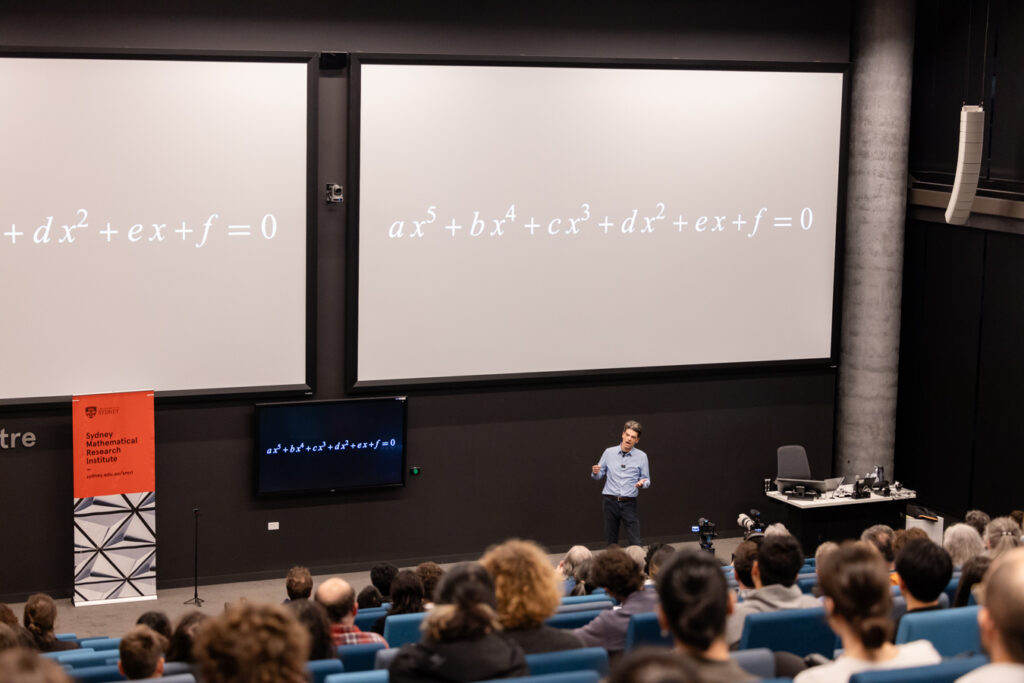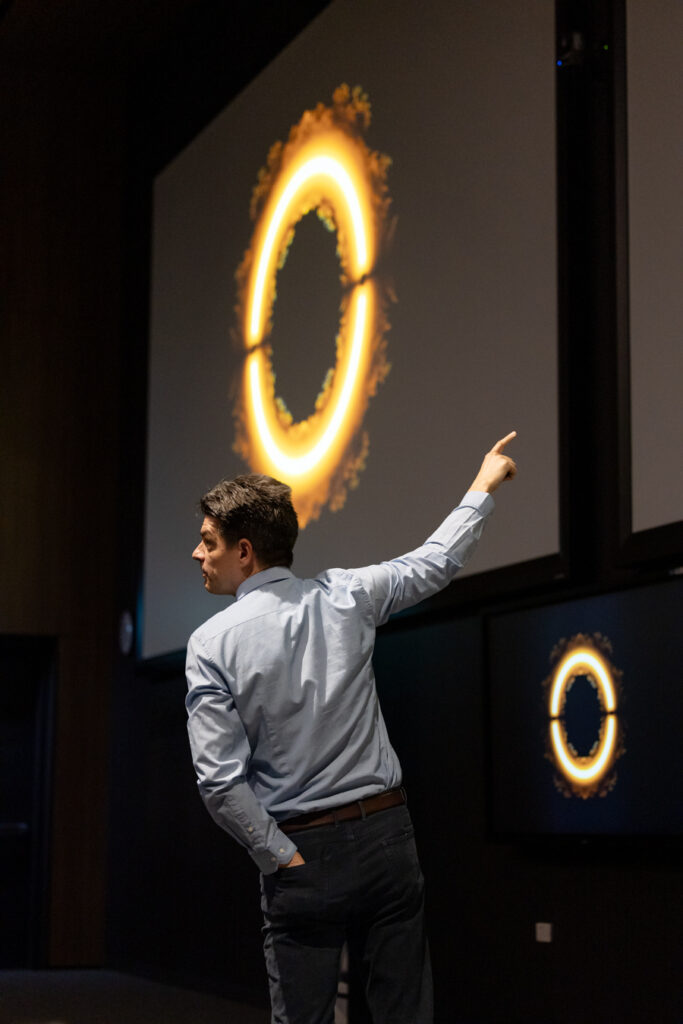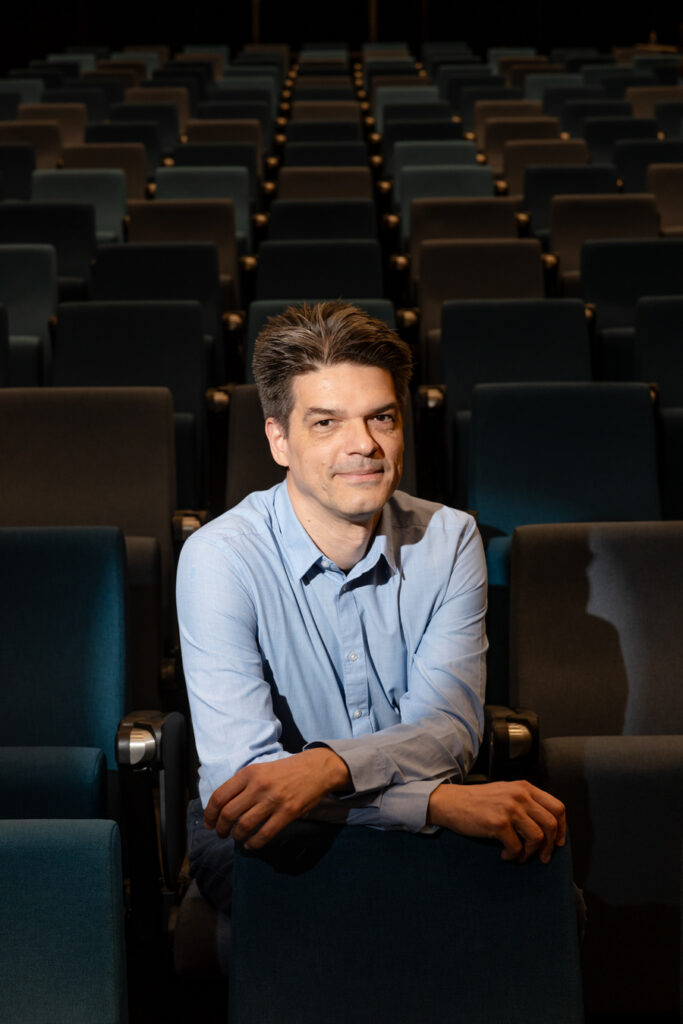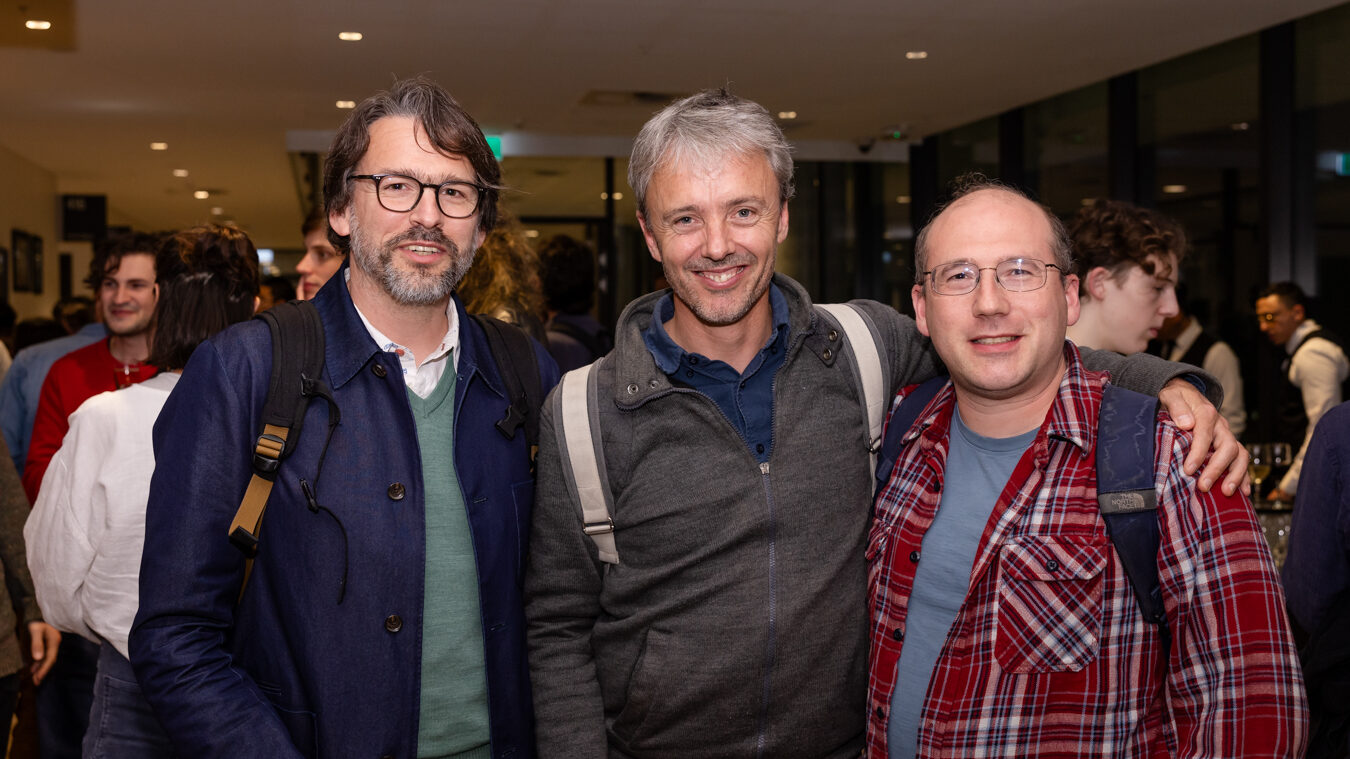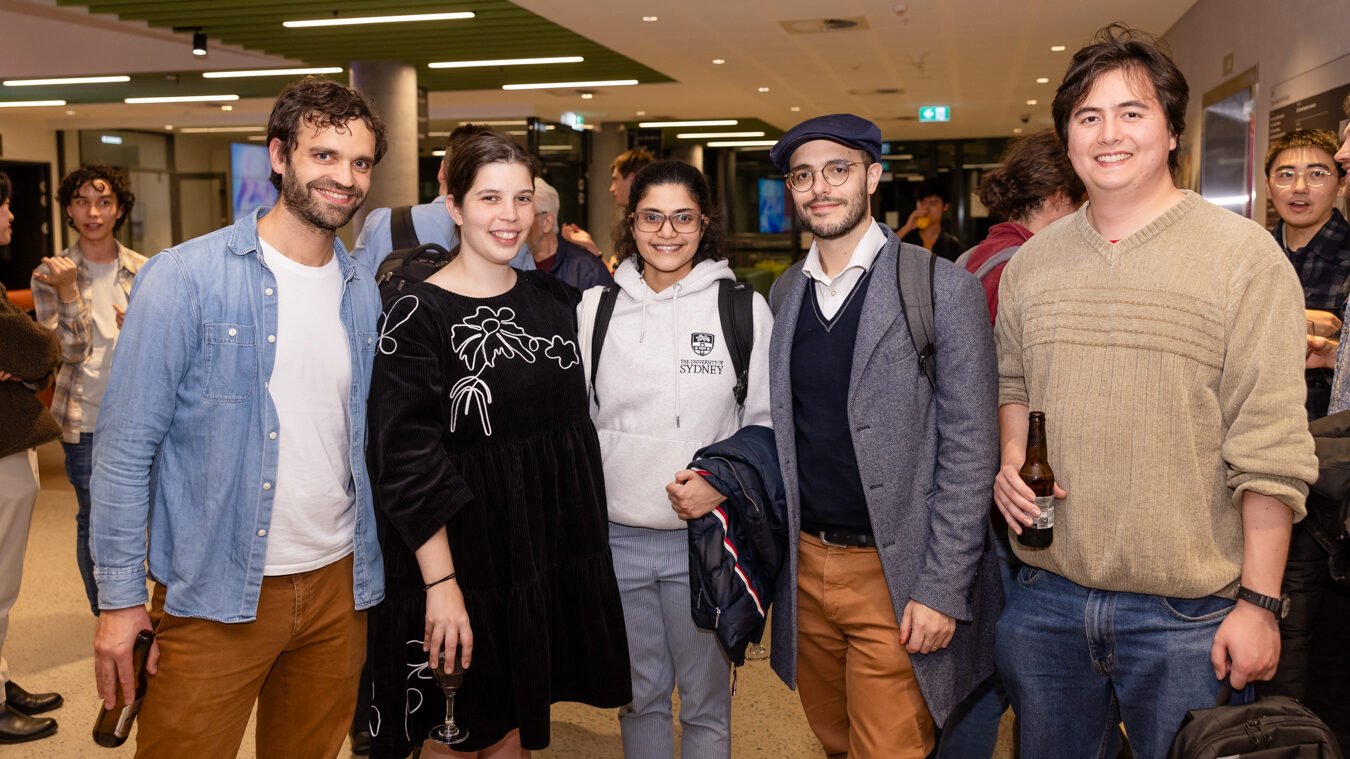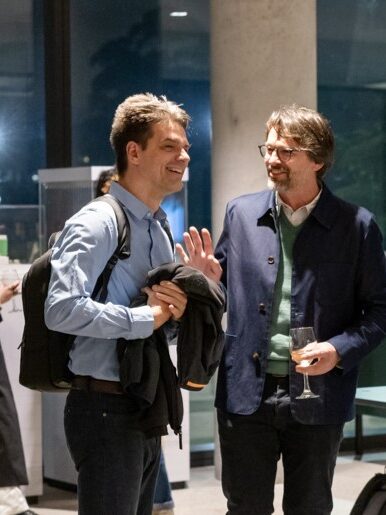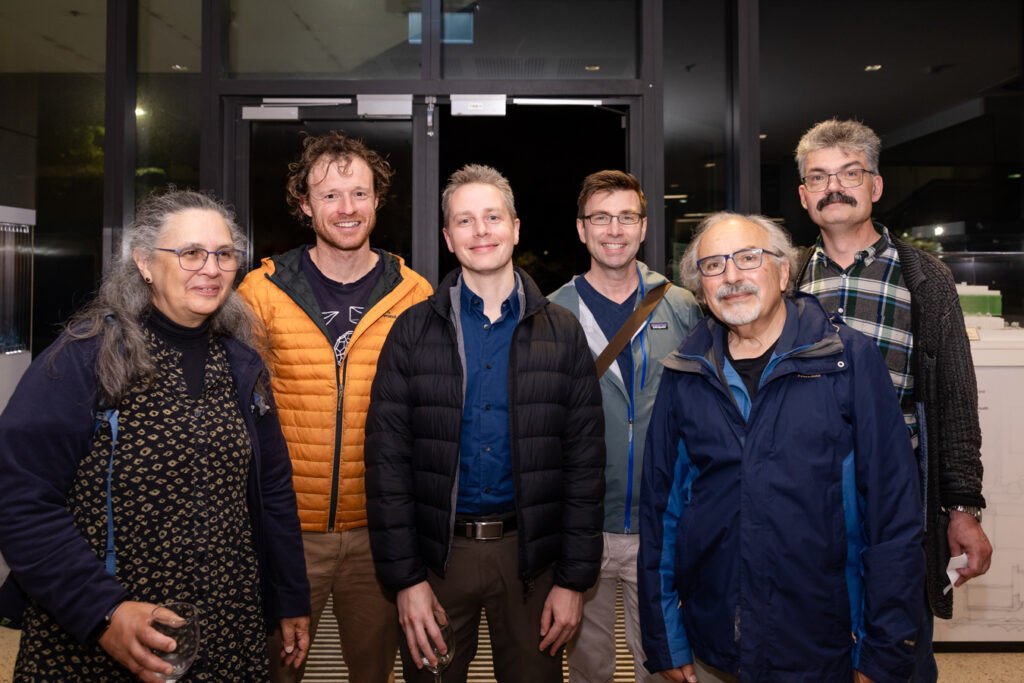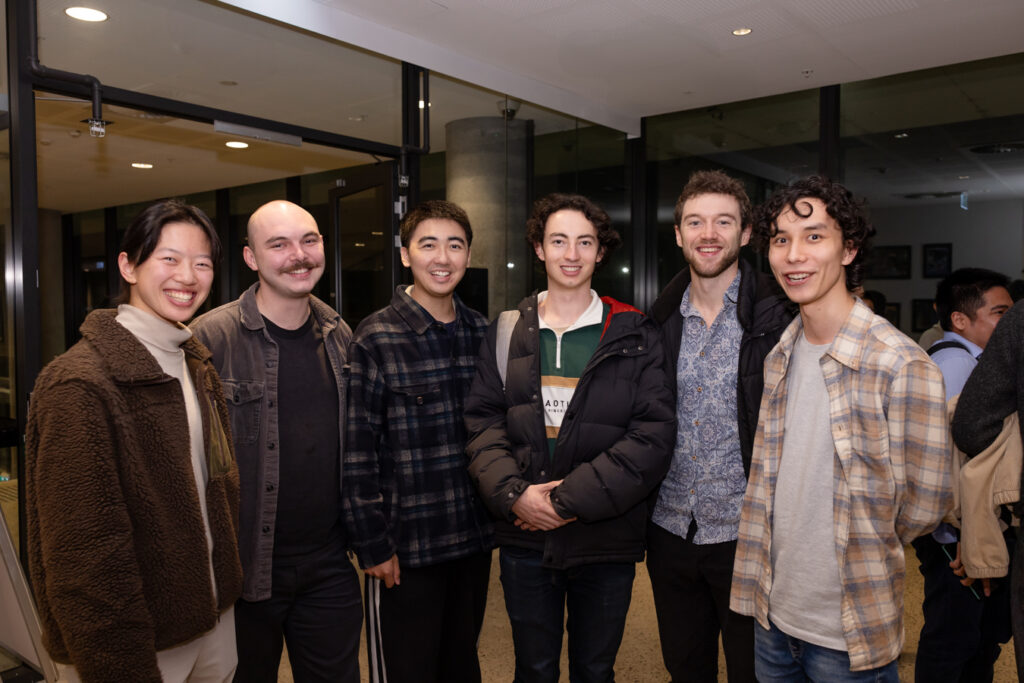How can something as mundane as solving an equation be an engaging challenge to mathematicians? In the National Science Week public lecture on August 13th, 160 registrants gathered to hear Professor Andrej Bauer of the University of Ljubljana tackle this question. Andrej illustrated how beautiful visuals can be the spectacular result of solving polynomial equations using computation.
While quadratic equations are an essential part of modern mathematical education, Andrej led the audience on a journey through history, explaining how early Babylonian and Greek mathematicians were the first to solve quadratic equations. Other European mathematicians made progress on cubic, quartic and higher degree equations in the 16th century. Their work eventually laid the foundation for new kinds of numbers, named imaginary numbers by Descartes in the 1700s.
Although much progress had been made on polynomial equations, at the beginning of the 20th century, computation continued to refer to mathematical hand calculations. Today, the meaning of computation has evolved to reflect the execution of algorithms in electronic devices such as computers, laptops and smartphones. In a modern approach, Andrej used computers to solve billions of higher order polynomial equations, drawing a picture by assigning each pixel a value based on the density of the solutions. The most striking was an image of 266 billion zeros of Littlewood polynomials whose coefficients are -1 or 1, up to degree 31.
The result of Andrej’s computations are incredibly beautiful, intricate… and slightly familiar! The fringe of the image presented looked like a forest of trees, however a closer look showed that dragon fractals form the fringe of the high-density ring. Dragon fractals are a well-known motif, and the appearance of these in solving these higher order polynomial equations is no coincidence but explained by science fiction writer and physicist Greg Egan and mathematician Jesse McKeown.
Andrej’s lecture showed a joyful side to mathematics and what can happen by asking: what if I try this? The reward of his explorations and calculations were beautiful images, demonstrating that a few short steps can take us from school-level mathematics to open problems. Andrej’s public lecture encouraged mathematical playfulness and enquiry without worrying about originality or implications, with beautiful results.
Scroll down for photo and image gallery, or watch the recording below.
Watch the recording of the SMRI public lecture:
Photo gallery
Photography of event by Maja Baska, images of zeros by Andrej Bauer.
